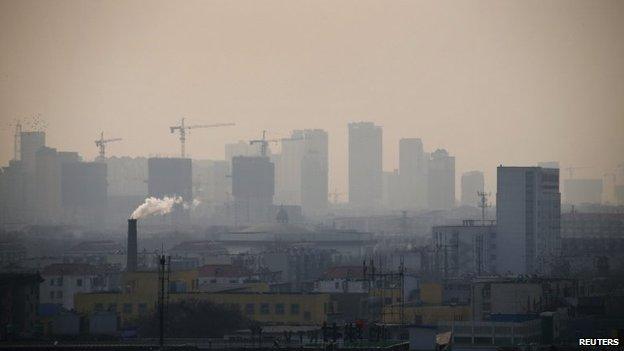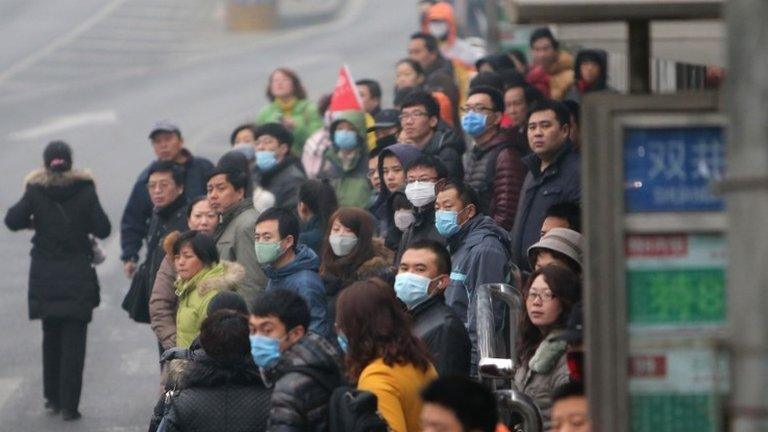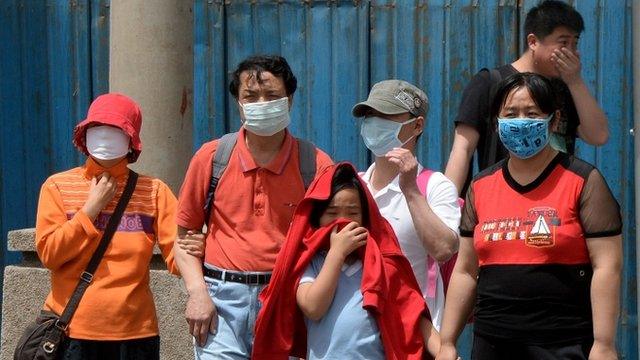Report: One fifth of China's soil contaminated
- Published

Rapid industrialisation has benefited many - but has had a huge impact on the environment
Almost a fifth of China's soil is contaminated, an official study released by the government has shown.
Conducted between 2005-2013, it found that 16.1% of China's soil and 19.4% of its arable land showed contamination.
The report, by the Environmental Protection Ministry, named cadmium, nickel and arsenic as top pollutants.
There is growing concern, both from the government and the public, that China's rapid industrialisation is causing irreparable damage to its environment.
The study took samples across an area of 6.3 million square kilometres, two-thirds of China's land area.
"The survey showed that it is hard to be optimistic about the state of soil nationwide," the ministry said in a statement on its website, external.
"Due to long periods of extensive industrial development and high pollutant emissions, some regions have suffered deteriorating land quality and serious soil pollution."
Because of the "grim situation", the state would implement measures including a "soil pollution plan" and better legislation.
Levels of pollution ranged from slight to severe.
About 82.8% of the polluted land was contaminated by inorganic materials, with levels noticeably higher than the previous survey between 1986 and 1990, Xinhua news agency quoted the report as saying.
"Pollution is severe in three major industrial zones, the Yangtze River Delta in east China, the Pearl River Delta in south China and the northeast corner that used to be a heavy industrial hub," the agency said.
The report had previously been classified as a state secret , externalbecause of its sensitivity.
There is growing fear in China over the effect that modernisation has had on the country's air, water and soil.
The central government has promised to make tackling the issue a top priority - but vested interests and lax enforcement of regulations at local level make this challenging.
The public, meanwhile, have become increasingly vocal - both on the issue of smog and, in several cases, by taking to the streets to protest against the proposed construction of chemical plants in their cities.
- Published2 April 2014

- Published25 February 2014

- Published9 July 2013

- Published23 October 2012
